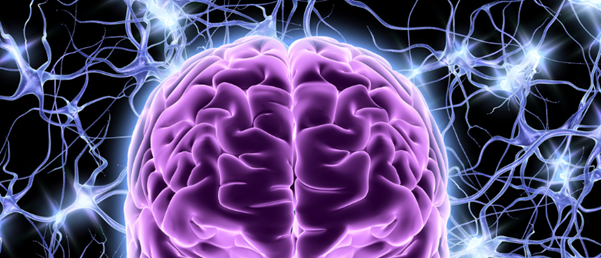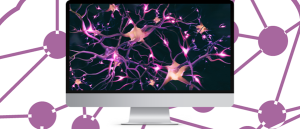
BioTechniques News
Beatrice Bowlby

Researchers have combined a hydrogel material with transplanted neural stem cells to grow brain tissue.
Brain tissue does not have the same regenerative capacity as other tissues in our body, for example skin, especially when there is a loss of brain parenchyma (the functional tissue in the brain). Developing ways to promote neuronal tissue growth is desired to treat parenchymal defects following traumatic brain injuries and diseases including cancer. A team of researchers at Hokkaido University (Sapporo, Japan) have engineered a hydrogel that provides an effective scaffold for neuronal tissue growth, reporting encouraging results in their mouse model study.
The researchers first needed to develop a hydrogel that neural stem cells could survive in. They found that a neutral gel made with equal parts of positively and negatively charged monomers produced the best cell adhesion. They then tailored the stiffness of the material to mimic that of brain tissue by adjusting the ratios of crosslinker molecules. Finally, they created pores in the hydrogel to culture neural cells in.
“When I saw the 3D structure of the porous hydrogels that my colleague Tomáš showed in a meeting, I thought they could be utilized in regenerative treatments as a scaffold for growing nerve cells,” recalled Satoshi Tanikawa, the lead author of the study.
 Introducing organoid intelligence: human brain cells that power biocomputers
Introducing organoid intelligence: human brain cells that power biocomputers
I know you’ve heard of artificial intelligence, but what about organoid intelligence? Researchers from multiple disciplines are working together to create biocomputers powered by 3D cultures of human brain cells.
Once the hydrogel was optimized, it was soaked in a growth factor serum to promote blood vessel growth. This was then implanted in the damaged areas of a mouse brain.
Three weeks after implanting the hydrogel, the researchers found that immune cells and neuronal cells from the surrounding brain tissue had entered the hydrogel and that blood vessel growth had occurred.
The researchers then injected neural cells into the hydrogel. The survival rate of stem cells remained high after 40 days; some of the stem cells differentiated into astrocytes and neuronal cells. Additionally, a degree of integration between the hydrogel and mouse brain tissue was observed as host cells were also found to have infiltrated the hydrogel and some newly formed neuronal cells had migrated to the surrounding brain tissue.
The researchers reported that implanting the hydrogel and transplanting the neural stem cells in one step was unsuccessful and highlighted that their stepwise approach was essential to successful neuronal tissue healing.
Next, the researchers will investigate the optimal transplant time and the effect of the inflammatory response on transplanted cells.
The post Hydrogels lend a healing hand appeared first on BioTechniques.
Full BioTechniques Article here
Powered by WPeMatico
